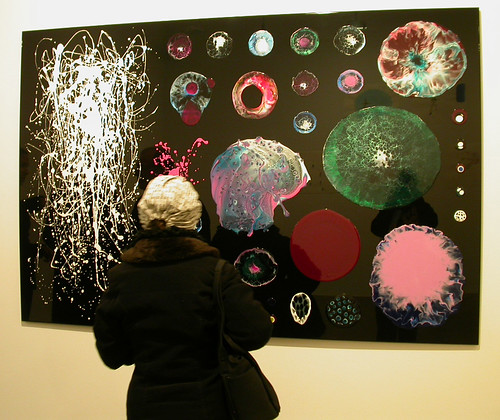
Grid Index
Author: Carsten Nicolai
Language: English
Release: May 2009
Price: € 39,90 / $ 60,00 / £ 35,00
Format: 18,5 x 23 cm
Features: 320 pages, full colour, hardcover, incl. CD-ROM
ISBN: 978-3-89955-241-6
Grid Index is the first comprehensive visual lexicon of patterns and grid systems. Based upon years of research, artist and musician Carsten Nicolai has discovered and unlocked the visual code for visual systems into a systematic equation of grids and patterns. The accompanying CD contains all of the grids and patterns featured in the publication from the simplest grids made up entirely of squares to the most complex irregular ones with infinitely unpredictable patterns of growth, as editable vector graphic data files. Use it to map out the underlying grids of any image or form and to create recurring geometrical grids in graphic design - an essential reference for designers, visual artists, architects, researchers and mathematicians.





























